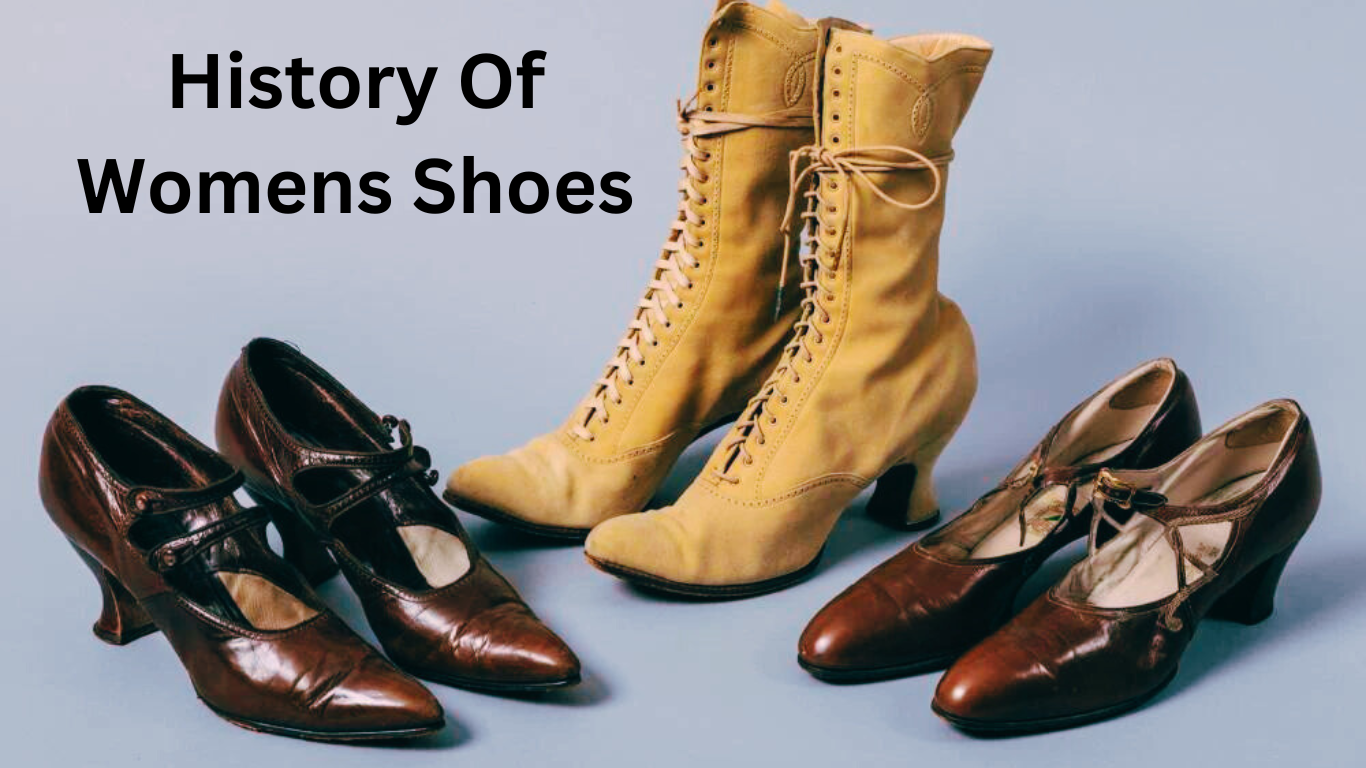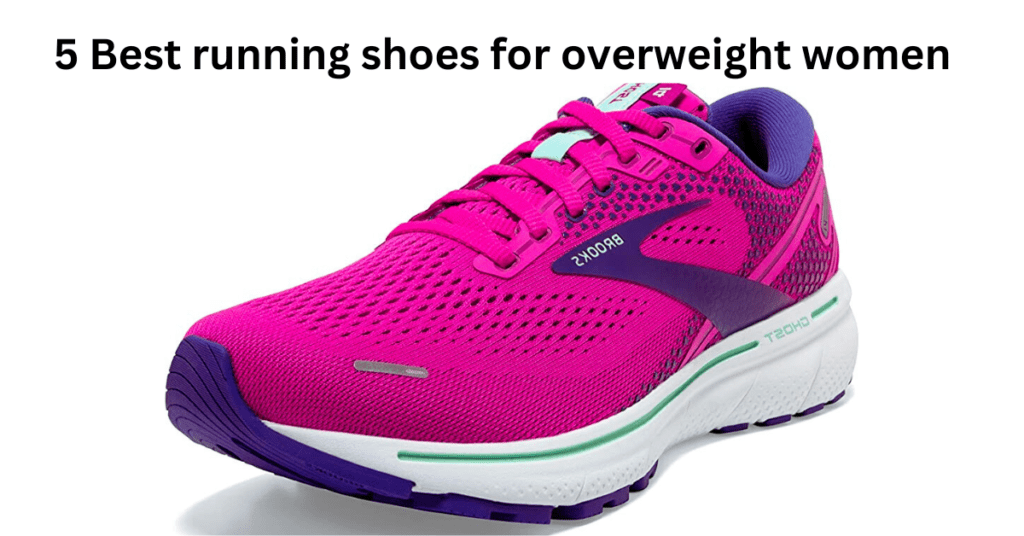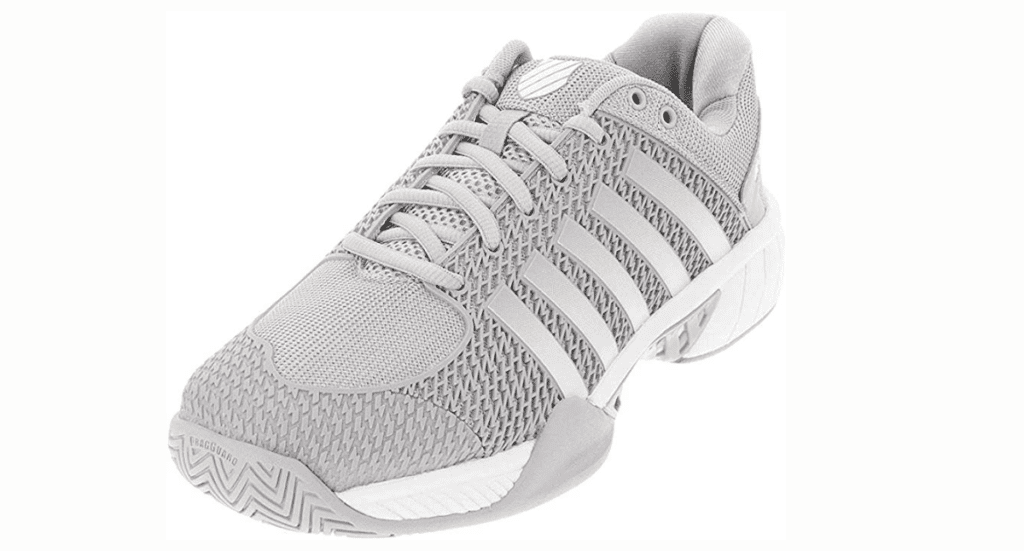History Of Womens Shoes
I will tell you about history of womens shoes. The right pair of women shoes can really make us feel comfortable in our body. There are virtually no limits to the choices we have when it comes to creating our own individual take on femininity, from cool sandals to classy heels or elegant sneakers.

But going back a couple thousand of years that wasn’t always the case. Actually , civilizations like ancient Greece or Rome didn’t divide their widely popular sandals into mens and womens. So when did womens footwear actually took off? And how did it end up in the variety of women shoes, boots and sneakers we can wear today?
The pursuit of comfort, 1900–2020
As you read on, you’ll see that comfort was not the primary determinant of the variety of styles in women’s footwear during the last century. The necessities for women’s footwear evolved along with society, and in recent decades, it has become apparent that many designers are considering both form and function. They understand that the public needs footwear that allows them to stay up to date with fashion trends while still being comfortable.
| Time Period | Shoe Style & Characteristics |
| Ancient Times | Simple sandals made of papyrus or leather |
| 15th to 17th Centuries (Renaissance) | Ornate shoes with pointed toes, known as poulaines |
| 18th to 19th Century | Heeled shoes, often with intricate designs, influenced by French Revolution |
| 1920s (Roaring Twenties) | Low-heeled Mary Jane shoes for dancing part of the flapper style |
| 20th Century | Emergence of stilettos, ballet flats & platform shoes |
| 21st Century | Focus on comfort & sustainability, rise of athleisure & eco-friendly footwear, sneakers as fashion staples |
The Precise Lady of Leisure, 1900–1910
During World War I, ladies could wear low-heeled shoes to move about their everyday tasks. However, after the conclusion of the war, high heels started to acquire favor once again, and heels were quite fashionable.
1920s–1930s: Increasing Death Rates
Ladies started wearing shorter gowns earlier in this era, which prompted the creation of more flamboyant high heels. The T-Strap heel is a style that is often associated with the 1920s and 1930s and offered ankle support when dancing.
1940s–1950s: Wartime Limitations
Due to the continuing war, resources were few in the 1940s, and shoe design suffered as a result. But the 1950s brought the world the invention of stiletto heels! One of the most popular heel designs, if not the most, but because of the way it’s made, it’s also among the most unpleasant for a lot of people.
1960s–1970s: Fashion Freedom After the War
Early in the 1960s, fashion was a major focus of society and a moment for experimentation. When it came to heeled footwear, Cuban heels were popular and were used as a balance between comfort and style. Tennis shoe demand, however, increased as newer generations realized that heels were not always the ideal option for everyday usage.
As music and pop culture grew in the 1970s, dance became a popular pastime. As a result, designers tried to make dancewear more comfortable and maneuverable for those who loved attending discos. This is when chunky heels initially gained popularity since they made a stylish statement and gave the wearer a sense of support.
Form vs. Function, 1980–1990
By now, people were starting to realize that, even if heels were fashionable, there were alternative shoe choices that were far less painful. The 1980s were known as “the boot,” when punk subcultures gained popularity and individuals began drawing influence from the bands and musicians they listened to. Additionally, it gave the user the freedom to express themselves; many would embellish their boots or use other ties to further customize the ensemble.
The decade of the platforms was the 1990s. Platform shoes gained popularity after being popularized by several celebrities, including the Spice Girls. Despite their widespread use, these shoes often posed a safety issue and led to ankle injuries for many wearers.
2000–2010: Seeking to Make a Trade-Off
Similar to earlier decades, a large portion of the public turned to celebrities for style inspiration. Comfort shoes gained popularity when heels lost a lot of their appeal. Not more so than sneakers, celebrities influenced a variety of footwear, including sandals, low heeled boots, and flip-flops.
While many famous individuals were seen wearing a variety of heel designs, Ugg boots and sneakers became a mainstay in many people’s wardrobes. People were even briefly seen wearing wedge-shaped trainers, which combined the sneaker aesthetic with the vogue for high heels.
2020s: Identifying a Resolution: Assistance and Fashion
Shoes with shades of black, brown, and white were common up to the 1920s. Since colored shoes were deemed too garish for daytime or street wear, they were nearly exclusively produced for nighttime wear. Hemlines started to gradually rise up the leg when World War I broke out in 1914, exposing the alluring curves of the ankle and instep at the end of the armistice.
The space between the top of the boot and the bottom of the hemline was an ugly distraction due to the growing hemline. Although a “Cossack” boot, or pull-on design, was created and somewhat successful in the late 1920s, the boot was mostly abandoned in fashion.
It was now necessary to compute the effect of the shoe on the whole silhouette in order to choose a complementary style. The 1920s saw a rise in the height and straightness of formerly short, voluminous heels, which tightened the calf muscle and made the foot look smaller by foreshortening it. In order to show off more of the instep, the vamp was even shortened.
Shoemakers evolved become shoe designers by the 1930s. Fashion was accompanied by a literal explosion of color, form, and ornamentation. The shoe shops were packed with onlookers wearing sandals, brogues, pumps, oxfords, and other kinds. In 1937, Salvatore Ferragamo brought back the chopine by using cork to make platform soles.
The style was not very successful abroad, but it became more and more popular after World War II (1939–1945) broke out. There was not enough leather available for civilian footwear during the war, thus raffia, hemp, or linen was used in place of leather for the uppers, and heavy wood or cork soles were used instead. Platform shoes were more often made of leather in the United States, where rationing was less strict than in Europe, although ladies were only allowed to have two pairs of shoes year.
The Italian heel, dubbed the “stiletto,” became the style in the late 1950s, although the tall tapering heel persisted in popularity from the late 1920s to the mid-1950s with only minor shape modifications. The heel was aptly called after the weapon—it’s tall, quite thin, and has a metal core. Every stride caused the thin heel to exert hundreds of pounds per square inch of pressure, pockmarking hardwood and linoleum flooring.
To preserve the historic flooring, plastic heel coverings were mandatory for visitors to the Louvre. The most visually pleasing shoe type ever created was the stiletto heel combined with a pointed toe. The high heel squeezed the calf muscle, shrinking the ankle, while the pointed toe seemingly constricted the foot. It was the worst combo ever devised in terms of medicine.
The high heel pulled the foot forward onto the pointed toe, curtailing the toes and creating bunions and hammertoes. Many women rotated their ankles on the metal spikes, trapping the points in manholes, subway grates, or even crevices in the pavement.
Answers to Common Questions (FAQs)
In the eighteenth century which womens shoes were most fashionable?
ANS: Heeled shoes with elaborate embellishments were quite fashionable in the eighteenth century particularly among European nobility.
In the 1920s what kind of shoes did flappers wear?
ANS: The low-heeled Mary Jane shoes that flappers wore in the 1920s enabled them to dance freely and comfortably.
How have 21st-century womens shoe trends changed?
ANS: Athleisure & environmentally friendly footwear have gained popularity in the twenty-first century with sneakers emerging as a key component of fashion.





